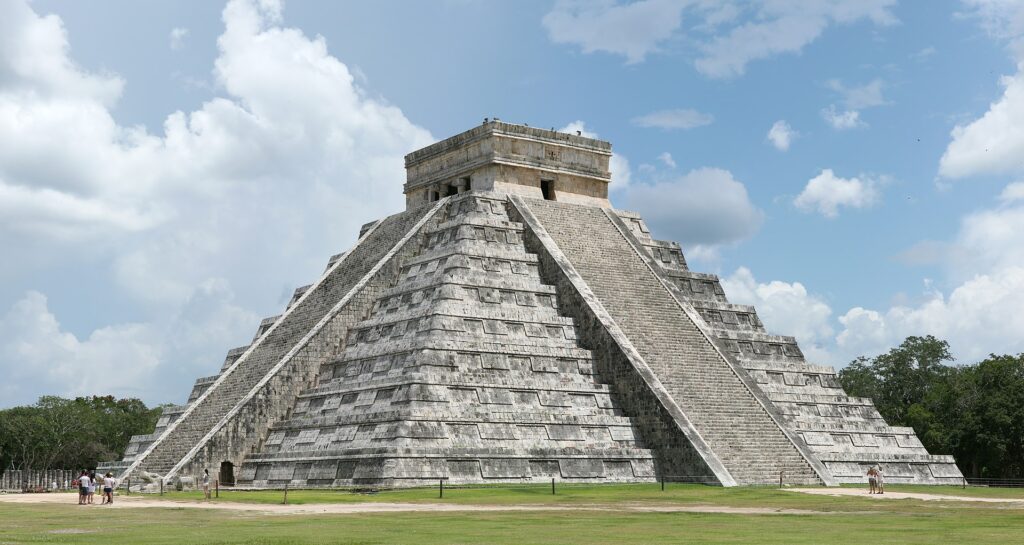The ancient Maya discovery rewrote Chichen Itza history,’ according to archaeologists

The ancient Maya discovery’rewrote Chichen Itza history,’ according to archaeologists
Chichen Itza was once a huge city and is now buried deep in the jungles of Mexico’s Yucatan Peninsula. A variety of architectural types can be seen across the site. The Temple of Kukulcàn, popularly known as El Castillo, is a tall pyramid with square terraces and stairways that stands out the most.
It was formerly utilized for ceremonies and is shaped like a pyramid.
Kukulcàn’s distinctive exterior features, which were deliberately sculpted to communicate with the outer world, have drawn millions of tourists.

Sculptures of plumed serpents flow down the sides of the northern railing, while the late afternoon light creates shadows on the northwestern balustrade around the spring and fall equinoxes, giving the impression that the feathered serpent is “crawling” down the pyramid.
For decades, archaeologists have explored the area for important features and artifacts in order to obtain a better understanding of the Maya civilization.
Researchers discovered a goldmine in 2019, with one expert claiming that the treasure trove of discoveries allowed them to “rewrite the history of Chichen Itza.”
It happened when they were looking for a sacred well underneath the city.
During the process, they came up with over 150 ceremonial artifacts by mistake.
The objects, which had been untouchable for over a thousand years, were discovered in a network of underground chambers that, according to National Geographic, “may offer clues to the rise and collapse of the ancient Maya.”
Mexico’s National Institute of Anthropology and History reported the discovery of the cave system known as Balamku, or “Jaguar God” (INAH).
CGTN America visited the city and spoke with the expedition’s senior archaeologist.
“This cave, Balamku, is going to let us recreate the history of this city,” Guillermo de Anda stated, emphasizing the significance of the finding.
Incense burners, water containers, and pots were discovered as evidence of religious rites.
“We uncovered seven offerings, all of which are in excellent condition,” Mr de Anda continued.
“They appear to have been deposited by the ancient Maya just yesterday.”
On-site studies at the time concluded that the data indicated a period of drought in the city.
Researchers think the Maya explored the caves and used the utensils in a bid to call for the water gods to give them rain.
For years, researchers have been unable to locate the ancient Maya.
More than 1,000 years ago, something is known as the “Great Mayan Disappearance” occurred, in which people inexplicably vanished from the towns they had constructed and maintained for thousands of years.
Overpopulation, environmental deterioration, conflict, changed trade routes, and prolonged drought have all been proposed as reasons for their departure. The discovery may help to explain why they departed, at least in part.